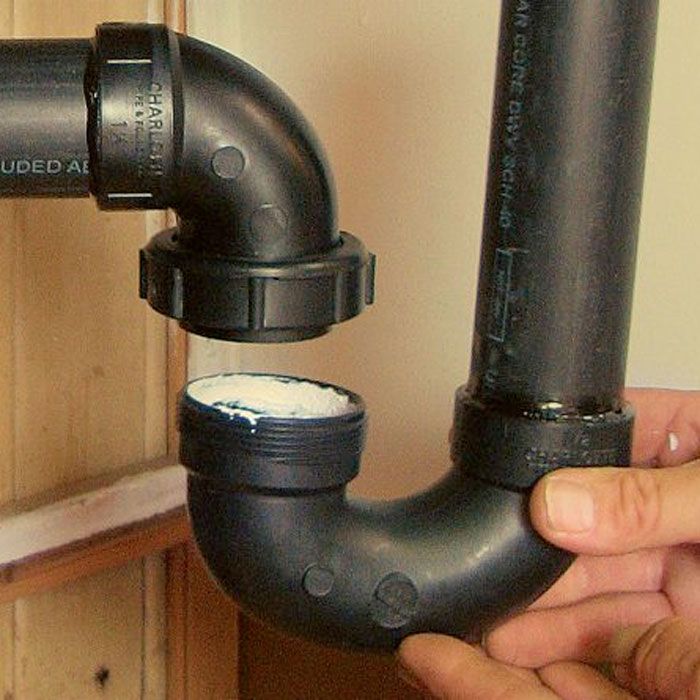Plumbing Dope or Teflon Tape?
Sealant and tape both work in similar ways, but one may be a better choice than the other.

I’m confused about using pipe dope on threaded connections. When should I use a paste sealant, and when should I use Teflon tape? Are there times both should be used?
—Justin via email
Sean Comerford, technical rep at Oatey, a manufacturer of plumbing products, replies: Both sealant and tape work in two ways. First, they act as a lubricant to help with tightening the joint, allowing for a tighter connection between the threads. Second, while the main seal is from the threads themselves, these are never perfectly cut and the sealant or tape will help fill any gaps in the threads inside the fitting. Both also help when disassembling joints.
Oatey recommends that any threaded joints in pipes 1-1/4 in. in diameter and above be wrapped with tape and then have thread sealant applied on top of that. This is because the threads are cut deeper into the pipe as the pipe sizes increase, so there is more space to fill. For pipes less than 1-1/4 in. you can use either thread sealant or tape, or both.
Sealant may be a better choice than tape on smaller-diameter installations. For example, it’s a good idea to use sealant on an angle valve serving a sink. If some of the sealant gets into the faucet, it will get washed away. However, bits of tape that get into the same faucet can cause it to not close properly, resulting in a drip. Neither should get into the system when applied properly, but it happens nonetheless.
From Fine Homebuilding #293





